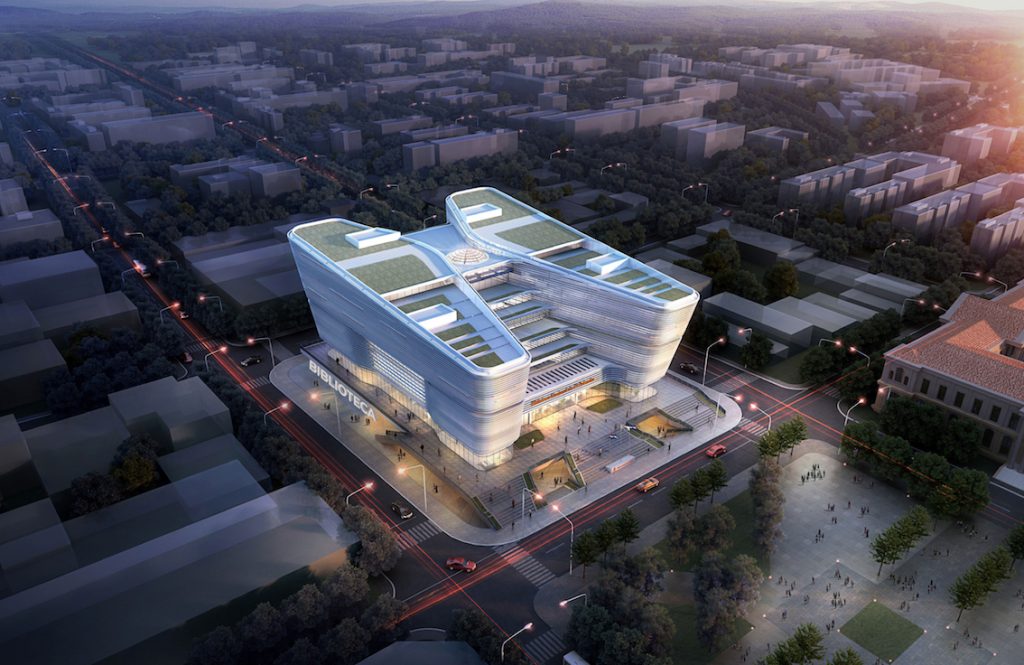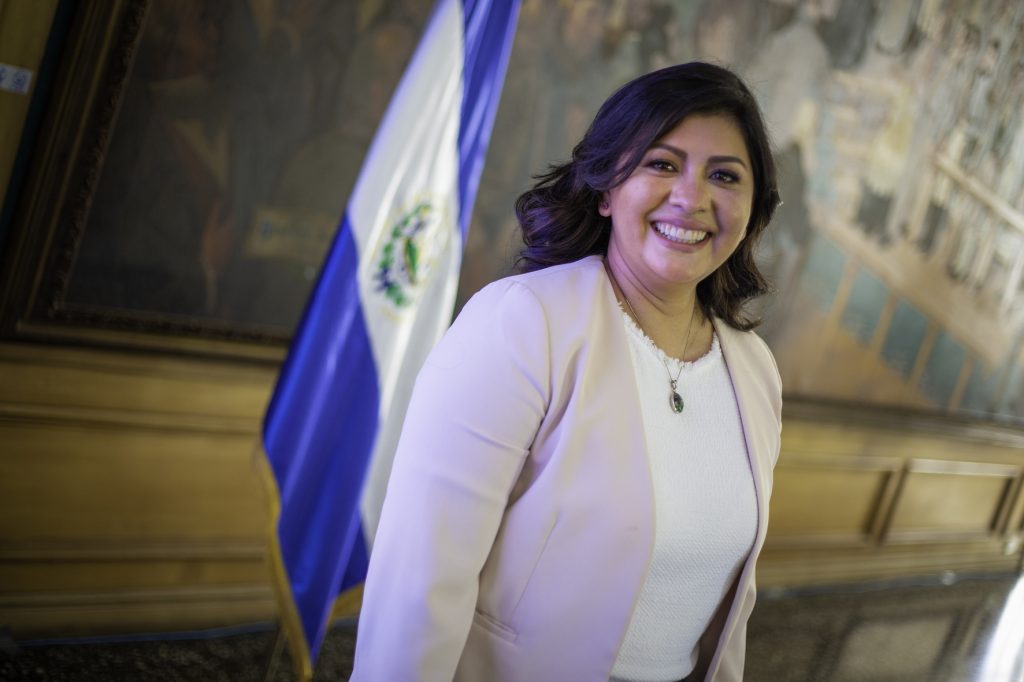Culture: obligation, purpose and duty

As a human right, culture is fundamental for social well-being, according to Mariemm Pleitez, minister in charge of that area in El Salvador. She also considers that it is a primary obligation of the State to create the conditions for its development. That is why, together with President Nayib Bukele, she not only opted for the federalization of the cultural agenda internally, but also strengthened many international programs, such as Iberescena, provinding grants up to 20 thousand euros for the co-production of performing arts shows. And all this incentive to culture paid off: since last year the different spaces and shows of the Ministry of Culture have registered around 250.000 attendees in its almost 200 cultural spaces throughout the country.
And then, a pandemic occurred, but Pleitez was able to cope with it. In attention to the mental health of the population, after lockdown, the National Bureau of Culture and Cultural Parks also brought film shows to 35 municipalities and communities throughout the country. Moreover, the Ministry of Culture subsidized different arts training academies, which remained active through classes and virtual resources. In turn, the Funds of Emergency to the Cultural Sector was created to strengthen the sector and the Ministry delivered vouchers and food packages for about 30 thousand families from the artistic sector.
Thus, El Salvador has been making a strong commitment to the entire cultural sector since 2019. It promotes all kinds of artistic processes developed by Salvadoran society itself, a factor that was materialized in a government investment of close to 58 million dollars.

What are the main projects in the cultural area for El Salvador?
The Ministry of Culture has managed to decentralize the cultural agenda, beyond the capital city through the national directorates that we have, and which include the National Theaters, Public Libraries, Archaeological Parks, Museums, Exhibition Rooms and Houses of Culture. Contrary to what happened in other countries due to Covid-19 pandemic, El Salvador expanded the offer of shows in the eastern and western part of the country, but also took it to municipalities and communities in the 14 departments. For example, during lockdown, between October 2020 and May 2021, there were more than 117 artistic presentations in the National Theaters and other spaces administered by the Government of El Salvador. Thanks to the support of artists, the gradual reopening of cultural spaces was possible, with reduced capacity and strict biosafety protocols that were designed together with the Ministry of Tourism. This accredited us the international Safe Travels seal, to continue with our permanent cultural billboard.
What is the Institutional Strategic Plan (PEI, as per acronym in Spanish) 2019-2024 of the Ministry of Culture about?
Through the Territorial Control Plan, which includes the recovery of public spaces in a public partnership with the Ministry of Public Works and the Secretariat of Social Tissue, the construction of Urban Centers of Well-being and Opportunities has been strengthened. The Ministry of Culture brought its experience in the organization and administration of libraries and training in the arts. The Casas de la Cultura, spaces forgotten for decades, were retaken after lockdown, through the project of "Strengthening and modernization of Casas de la Cultura", which initially allowed the remodeling and equipping of the headquarters of Zacatecoluca, Sonsonate, Ilobasco, Santo Domingo de Guzmán, San Miguel, Meanguera del Golfo and Suchitoto, and later it provided technological equipment to 100% of the network of 160 houses nationwide. At the end of 2021, the intervention and renovation of the Casas de la Cultura will guarantee access to art and culture in communities of the 14 departments of the country, with an unprecedented investment that reaches $1.200.000.
What were the main actions taken by the area to mitigate the effects of the pandemics?
During lockdown, the work of the Arts Training academies remained active through classes and virtual resources, which also allowed academic continuity. All this was possible thanks to the financing of the Special Fund of Resources from the Privatization of ANTEL (FANTEL) for Artistic and Cultural Entrepreneurship. $96.400 was granted to stimulate the productions of independent artists among 112 selected projects. In the second call, an economic incentive of $175.500 was given to develop 97 projects. In addition, as part of the initiatives to respond to the health crisis, more than 6.200 families from the artistic and cultural sector benefited from the early emergency bonus, and about 24.000 have received food baskets and packages.
What are the goals of the Ministry of Culture in the short, medium, and long term?
The building of the new National Library of El Salvador (BINAES) is a national project of non-reimbursable cooperation and was possible after the donation granted by the Republic of China, which was managed by President Nayib Bukele. It will cost $ 54 million, including equipment and books. This will be an unprecedented investment that will benefit children, youth, teachers, researchers, parents and academics with decent and quality spaces and the best bibliographic and technological resources. It is an opportunity for El Salvador to have a first-class National Library, which will exhibit modernity, technology and comfort for all users in general. Likewise, through the National Bureau of Cultural Heritage, the Ministry of Culture executes the final phase of the works to protect and improve the Joya de Cerén Archaeological Park, declared a World Heritage Site by Unesco in 1993. All this with an investment of $ 1.389.500. In an initiative of President Nayib Bukele and the First Lady, Gabriela de Bukele, in favor of Salvadoran children, the Government invested $ 368.664 in the Integral Intervention project of the Children's Amusement Park. The funds came from the agreement made between the Ministry of Justice and Public Safety, and is part of the second phase of the Territorial Control Plan, which seeks the prevention of violence, through the effective recovery of public spaces.


